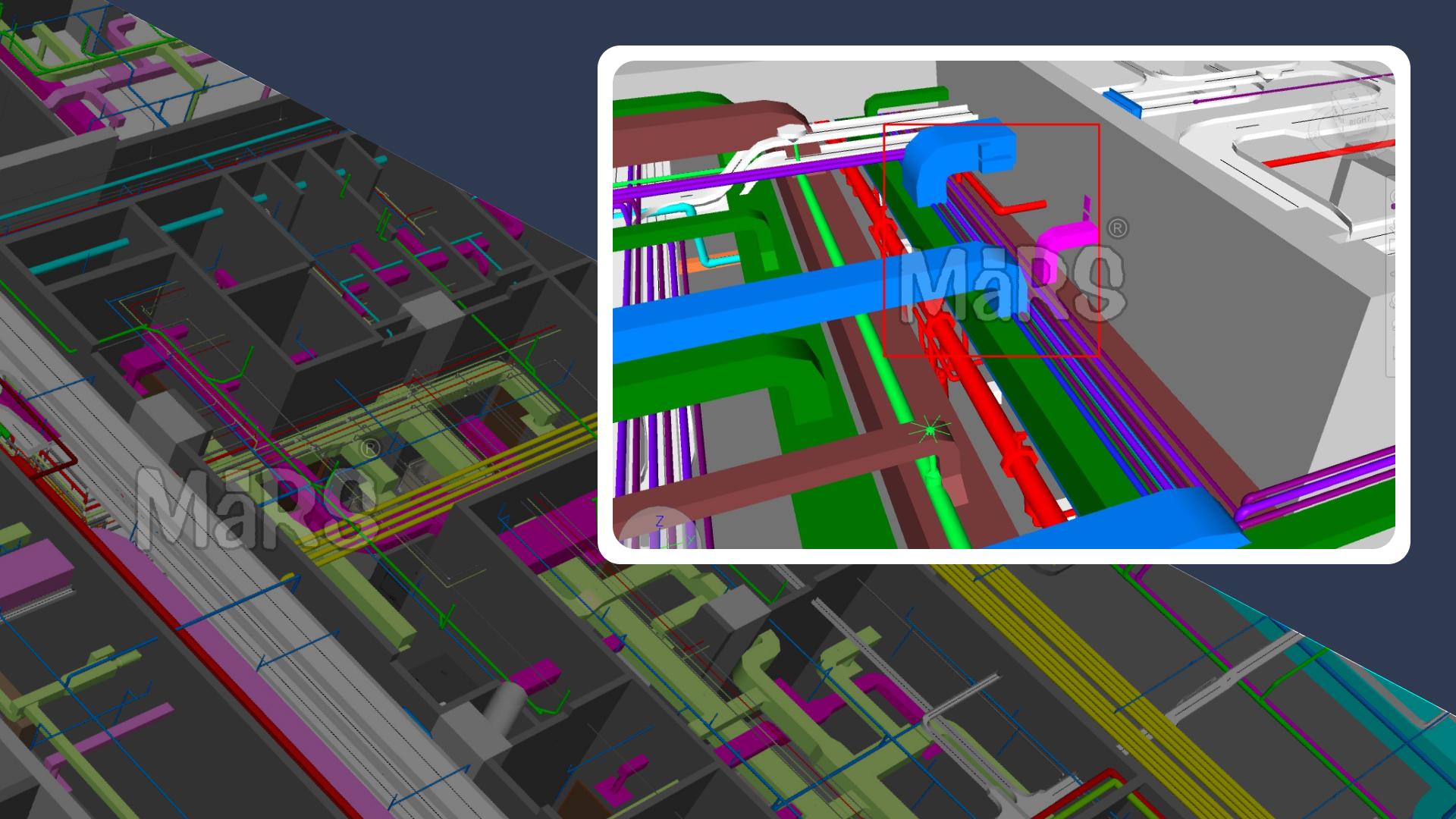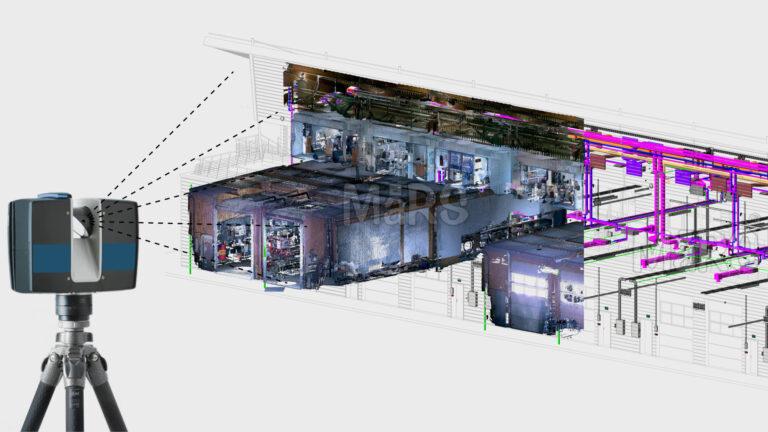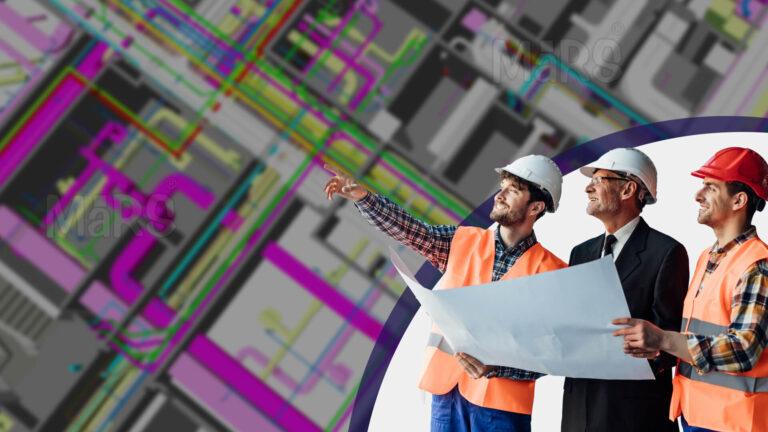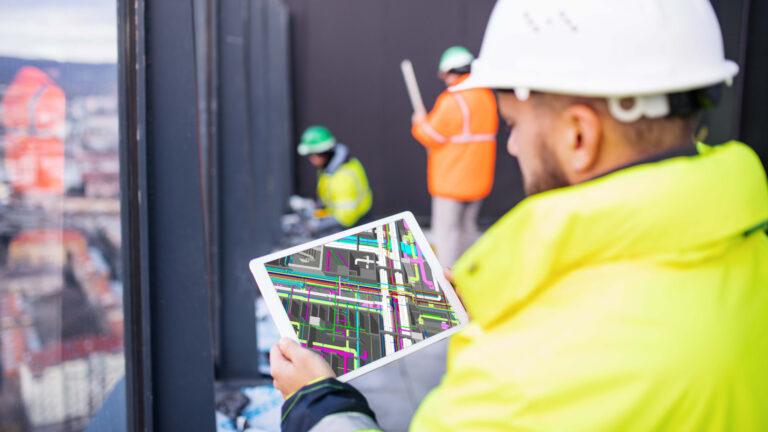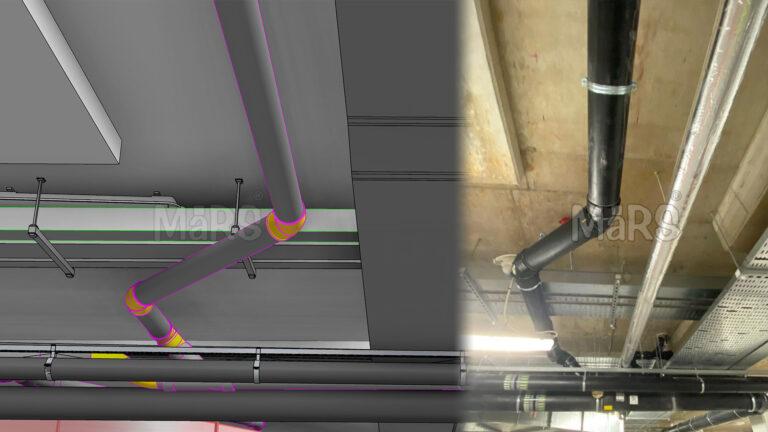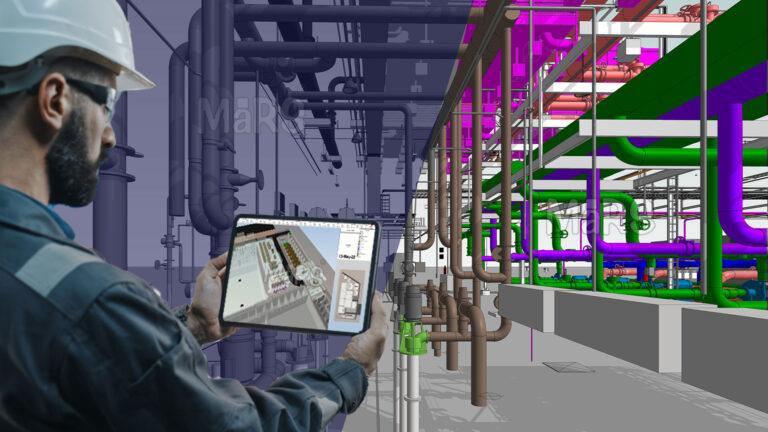MEP systems are essential for any building’s functionality. However, these systems often clash with one another or with other structural elements, leading to significant challenges during the construction process. MEP clashes can occur when, for instance, ductwork interferes with electrical conduits or when plumbing pipes conflict with load-bearing beams. These conflicts not only create delays but can also lead to increased costs, as teams may need to revisit designs and make last-minute changes. Addressing these issues early in the design phase is critical for maintaining project timelines and budgets.
Identifying and resolving MEP clashes during the design process is far more efficient than tackling them on-site. When teams rely on traditional methods, they often miss crucial details, leading to costly rework and schedule delays. The construction industry is shifting toward more advanced technologies to tackle these challenges head-on. One of the most effective tools at our disposal is BIM.
The Role of BIM in MEP Coordination
BIM has revolutionized how professionals approach construction projects. This technology creates a digital representation of a building’s physical and functional characteristics. It enables architects, engineers, and contractors to collaborate effectively, visualizing every component of a project in a shared 3D environment. This holistic view is especially beneficial for MEP BIM Coordination Services, where multiple systems need to integrate seamlessly.
Using BIM, teams can detect potential clashes before they arise in the physical world. The software allows users to overlay different systems, making it easy to see where conflicts might occur. This proactive approach helps identify problems early, allowing teams to make necessary adjustments before construction begins. By integrating MEP systems into the BIM model, stakeholders can visualize how each system interacts with others and with the building structure itself.
To know for more details Read this blog: How Can Detailed BIM Modeling Minimize MEP Installation Errors?
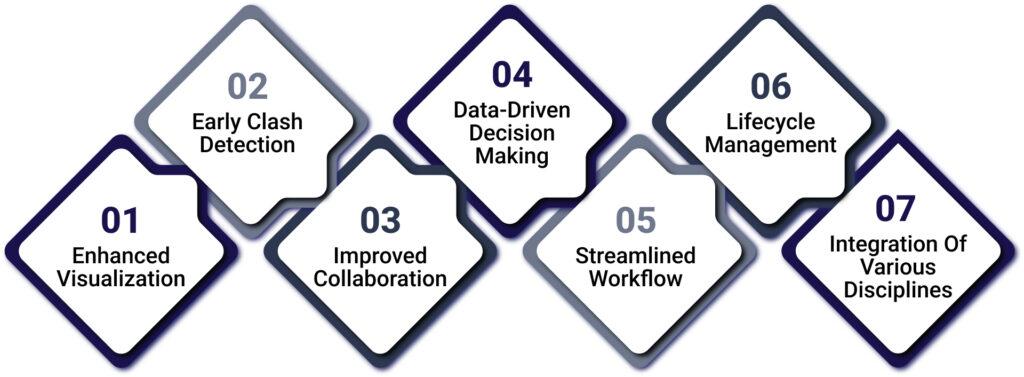
- Enhanced Visualization
- Provides a 3D digital model of the building.
- Allows stakeholders to see MEP systems in relation to architectural and structural elements.
- Early Clash Detection
- Identifies potential conflicts before construction begins.
- Reduces costly changes and delays by addressing issues in the design phase.
- Improved Collaboration
- Facilitates communication among architects, engineers, and contractors.
- Encourages a shared understanding of project goals and requirements.
- Data-Driven Decision Making
- Enables teams to analyze and interpret data effectively.
- Supports informed decision-making based on real-time project insights.
- Streamlined Workflow
- Automates repetitive tasks and enhances efficiency.
- Allows for better tracking of project changes and updates.
- Lifecycle Management
- Supports ongoing facility management and maintenance after construction.
- Provides valuable data for future renovations or expansions.
- Integration of Various Disciplines
- Combines inputs from mechanical, electrical, and plumbing disciplines into a single model.
- Ensures that all systems work harmoniously within the overall design.
The benefits of using BIM for MEP coordination extend beyond just clash detection. This technology streamlines communication among all parties involved. Architects, engineers, and contractors can share updates in real time, reducing misunderstandings and improving workflow. When everyone is on the same page, it fosters a more collaborative atmosphere that enhances project efficiency.
Advanced Clash Detection Tools
One of the most significant advancements in BIM technology is the introduction of automated clash detection tools. Software like Navisworks and Revit has made this process far more manageable. These tools can quickly scan 3D models for clashes and provide detailed reports. Instead of manually reviewing drawings, teams can leverage these automated systems to identify conflicts efficiently.
Navisworks, for instance, allows users to combine models from different disciplines. It highlights clashes in real time, enabling teams to resolve issues collaboratively. The software provides a visual representation of where conflicts occur, allowing for a straightforward resolution process. This automation saves time and ensures a higher level of accuracy in identifying potential problems.
Revit, on the other hand, offers tools specifically designed for MEP coordination. It allows users to create detailed MEP models and easily spot conflicts. Users can run simulations to visualize how different systems interact, providing deeper insights into potential clashes. The combination of these advanced tools enhances the overall efficiency of the clash detection process, minimizing the likelihood of issues arising during construction.
Collaboration Among Stakeholders
Effective collaboration among stakeholders is essential for successful BIM coordination. MEP systems often require input from multiple disciplines, including architecture, structural engineering, and facility management. When teams work in isolation, they miss out on valuable insights and may overlook potential clashes.
To facilitate collaboration, many companies turn to cloud-based platforms like BIM 360 and Bluebeam. These tools enable real-time communication among team members, allowing everyone to access the latest project updates and share feedback instantly. By breaking down silos, these platforms promote teamwork and ensure that all parties remain aligned throughout the project.
Regular meetings also play a vital role in fostering collaboration. By holding consistent coordination meetings, teams can discuss progress, identify issues, and brainstorm solutions. This open dialogue helps build trust among team members and encourages a shared commitment to resolving MEP clashes.
Utilizing 3D Modeling for MEP Clashes
3D modeling has become an indispensable part of modern construction projects. It allows teams to visualize complex MEP systems in a way that traditional 2D drawings cannot. This enhanced visualization is particularly helpful in identifying clashes and understanding how different systems interact.
When teams create 3D models, they can manipulate the design to see how MEP components fit within the overall building structure. This process makes it easier to spot potential issues early. For example, if ductwork needs to run through a tight space, teams can adjust its routing in the model before any physical work begins.
Many case studies have demonstrated the success of using 3D modeling in MEP coordination. One notable example involves a large hospital project where the team utilized 3D models to visualize the MEP systems in relation to the architectural design. By identifying clashes in the modeling phase, they were able to make necessary adjustments that saved time and reduced costs during construction.
Smart Solutions and Technologies
As technology continues to evolve, new smart solutions are emerging to enhance MEP coordination. The integration of the Internet of Things (IoT) and artificial intelligence (AI) into BIM processes is a game-changer. IoT devices can collect real-time data from construction sites, providing insights that help teams make informed decisions. For instance, sensors can monitor environmental conditions, alerting teams to potential issues before they escalate.
AI also plays a significant role in streamlining clash detection. Machine learning algorithms can analyze historical project data to predict where clashes are likely to occur. By leveraging this information, teams can focus their efforts on high-risk areas, ensuring that they address potential conflicts proactively.
Moreover, virtual reality and augmented reality (AR) technologies offer immersive experiences that enhance collaboration and understanding. Teams can use VR to walk through the virtual model, exploring every detail of the design. This hands-on experience allows stakeholders to visualize MEP systems in a realistic context, making it easier to identify clashes.
AR can overlay digital information onto the physical environment, allowing teams to see how MEP systems fit within the actual space. This technology is particularly useful during site inspections, as it helps teams assess the feasibility of designs in real time.
Establishing a Clash Resolution Workflow
Having a well-defined clash resolution workflow is critical for effectively managing MEP clashes. This workflow should outline clear steps for identifying, documenting, and resolving clashes throughout the project lifecycle. By establishing a systematic approach, teams can minimize disruptions and maintain project schedules.
The first step in this workflow involves identifying potential clashes as early as possible. Teams should conduct regular reviews of the BIM model to spot conflicts before they reach the construction phase. This proactive approach helps teams stay ahead of issues and reduces the risk of delays.
Once clashes are identified, documentation becomes crucial. Teams should maintain a centralized database that tracks each clash, its location, and the resolution status. This documentation not only helps keep everyone informed but also serves as a valuable resource for future projects.
After documenting clashes, the next step is resolution. Teams should collaboratively discuss each clash, considering various options for addressing the issue. This collaborative approach encourages diverse input and fosters a sense of shared responsibility for project success.
Conclusion
Smart solutions play a vital role in resolving MEP clashes through effective BIM coordination. The benefits of using BIM technology extend far beyond just clash detection; they enhance collaboration and streamline communication among all stakeholders. By adopting advanced tools, promoting teamwork, and investing in training, teams can significantly improve project outcomes.
As the construction industry continues to evolve, embracing technology and innovation will be key to success. By prioritizing clash resolution in the early stages of design, teams can minimize disruptions and deliver high-quality projects on time and within budget. Embracing these smart solutions will lead to smoother construction processes and ultimately better buildings for the future.

